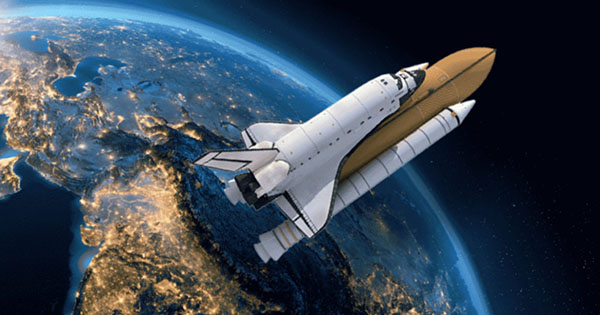 Chandrayaan-3 will be launched in July this year, S Somnath, Chief of the Indian Space Research Organisation (ISRO) confirmed on Monday.
Chandrayaan-3 will be launched in July this year, S Somnath, Chief of the Indian Space Research Organisation (ISRO) confirmed on Monday.
The Chandrayaan-3 mission is aimed at showing critical technologies to land the spacecraft on the south pole of the moon in less than two months. The mission will carry instruments to analyze the thermo-physical properties of the lunar regolith, lunar seismicity, lunar surface plasma environment, and elemental composition in the vicinity of the landing site.
While the scope of these scientific instruments on the lander and the rover would encapsulate the theme of ‘Science of the Moon’, another experimental instrument would study the spectro-polarimetric signatures of the Earth from the lunar orbit, which would fit in the theme of ‘Science from the Moon’, ISRO officials told news agency PTI.
Chandrayaan-3 had completed the tests that proved its ability to withstand the harsh acoustic environment that the spacecraft would have to endure during its launch in March.
The propulsion module will carry the lander and rover configuration till the 100 km lunar orbit.
Lander payloads consist of ‘Chandra’s Surface Thermophysical Experiment’ to measure the thermal conductivity and temperature; ‘The instrument for Lunar Seismic Activity’ for measuring the seismicity around the landing site; and ‘Langmuir Probe’ to estimate the plasma density and its variations.
A passive Laser Retroreflector Array from the National Aeronautics and Space Administration (NASA), the US space agency, will also be carried out for conducting lunar laser ranging studies.
Rover payloads include ‘The Alpha Particle X-ray Spectrometer’ and ‘Laser-Induced Breakdown Spectroscopy for deriving the elemental composition of the lunar surface near the landing site.
The Lander would have the capability to soft land at a specified lunar site and deploy the Rover which would carry out in-situ chemical analysis of the lunar surface during its mobility.












